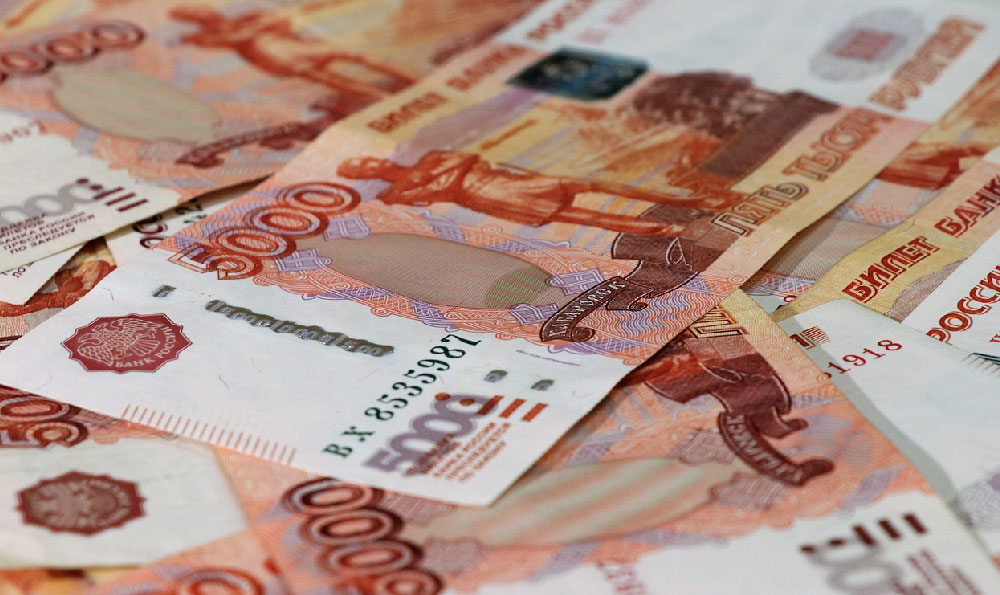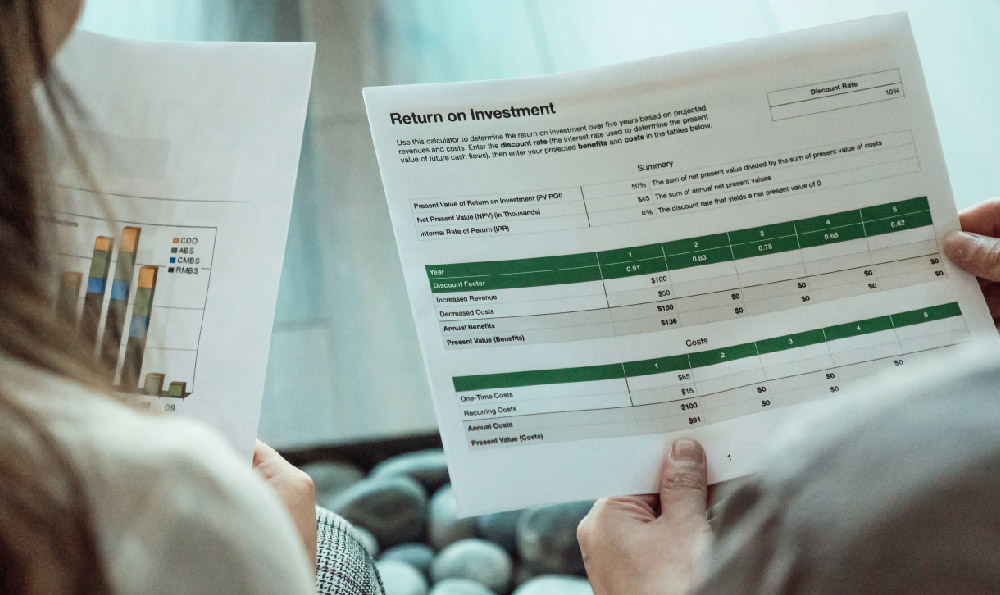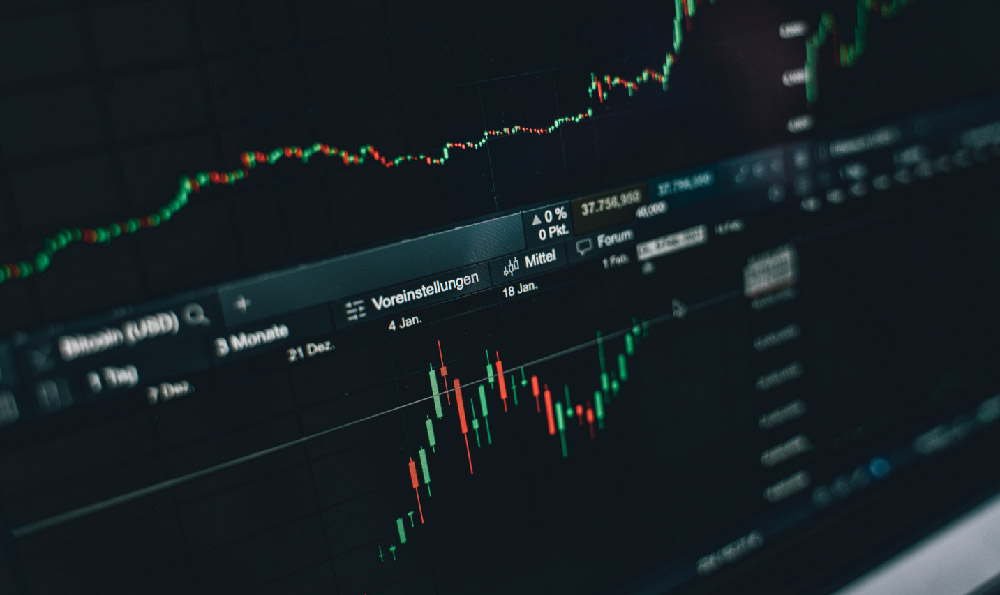Okay, I'm ready. Here's an article based on the prompt, focusing on the earnings of UFC fighters:
How Much Do UFC Fighters Earn? What's the Average UFC Fighter Pay?
The glitz and glamour of the Ultimate Fighting Championship (UFC) often obscures a less discussed, yet crucial aspect: the financial realities for the athletes who risk their bodies in the Octagon. While headline fighters like Conor McGregor and Israel Adesanya rake in millions per fight, a significant disparity exists in the compensation structure, leaving many fighters struggling to make a comfortable living. Understanding the intricacies of UFC fighter pay involves looking beyond the highlight reels and grappling with the various factors that influence an athlete's earnings.

The most basic form of payment for a UFC fighter is their show money, also known as the "show purse". This is the guaranteed amount they receive simply for stepping into the cage to fight. In addition to this, Fighters usually get a "win bonus", that can double their show money if they secure the victory. This immediate, tangible difference depending on the outcome of the fight further exemplifies the pressure athletes are under, since the ability to fight often hinges on their performance. Win or lose, fighters bear the risk of significant injuries that can drastically change their career and life.
Beyond the show money and win bonus, fighters can earn supplemental income through various avenues. One crucial aspect is performance-based bonuses awarded by the UFC after each event. These bonuses, typically amounting to $50,000, are given for "Fight of the Night," "Performance of the Night," and occasionally other exceptional achievements. Competition for these bonuses is intense, and they provide a significant boost to a fighter's earnings, especially for those who are not top-tier earners. However, relying on these bonuses as a stable income stream is precarious, as they are not guaranteed and depend on subjective evaluations.
Pay-per-view (PPV) points represent a substantial revenue stream for elite fighters. These points grant a percentage of the revenue generated from the pay-per-view sales of events they headline or co-headline. This arrangement is primarily reserved for champions and highly marketable fighters who draw significant viewership. While the exact percentage varies based on contract negotiations and the fighter's star power, PPV points can translate into hundreds of thousands, even millions, of dollars for a single fight. This is where the real money is for the select few at the top of the UFC food chain. However, the vast majority of UFC fighters never see a dime from PPV revenue.
Sponsorships offer another avenue for fighters to supplement their income. These can range from local businesses sponsoring a fighter's training camp to national brands aligning themselves with a fighter's image and popularity. Sponsorship deals can provide crucial financial support for training, travel, and living expenses. However, the UFC has restrictions on what sponsors fighters can display during fight week and in the Octagon, diminishing sponsorship revenue, particularly for lower-ranked fighters who struggle to attract attention.
The UFC also enforces a promotional guideline compliance pay, a payment scheme that can either penalize a fighter or result in a monetary bonus. This relates to requirements set by the promotion in the way of scheduled appearances, media engagements, and compliance with promotional directives.
Disentangling the myth from the reality of fighter pay reveals the financial challenges faced by many professional mixed martial artists. While the sport's top stars command exorbitant fees, the majority of fighters operate on a far different economic plane. Factors like contract negotiations, a fighter’s win-loss record, popularity, and placement on fight cards significantly affect their earnings.
The "average" UFC fighter pay is a misleading statistic. It is skewed by the enormous earnings of a small percentage of fighters at the top. A more accurate picture emerges when examining the median income, which provides a better sense of the typical earnings range. Reports vary, but the median income for a UFC fighter is significantly lower than the reported average, reflecting the wide gap between the highest and lowest earners.
Beyond the immediate earnings from fights, fighters must also cover their own expenses, including training costs, coaching fees, medical bills, travel expenses, and management fees. These expenses can eat into a fighter's earnings, leaving them with considerably less than their reported fight purse. Furthermore, fighters are independent contractors, meaning they are responsible for their own taxes and insurance, adding another layer of financial burden.
The debate surrounding UFC fighter pay is complex and multifaceted. Critics argue that the UFC's revenue distribution favors the promotion over the fighters, while the UFC maintains that it invests heavily in promoting the sport and developing its athletes. Advocates for fighters call for greater transparency in pay structures, increased minimum pay, and improved benefits, such as health insurance and retirement plans.
The future of UFC fighter pay will likely depend on continued negotiations between the UFC and its athletes, as well as broader discussions about the rights and compensation of independent contractors in professional sports. As the sport continues to grow and evolve, ensuring fair compensation and adequate support for the athletes who risk their health and well-being in the Octagon will be crucial for the long-term sustainability and integrity of the UFC. Ultimately, a more equitable distribution of revenue and a commitment to fighter welfare are essential for creating a more just and sustainable ecosystem within the world of mixed martial arts.











